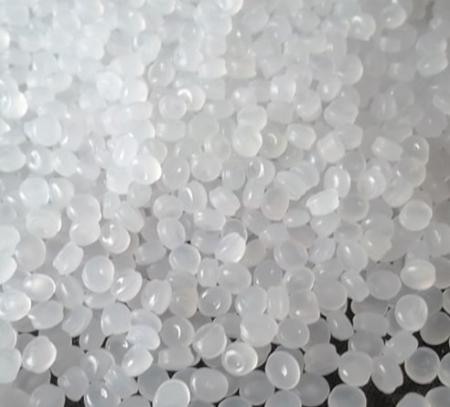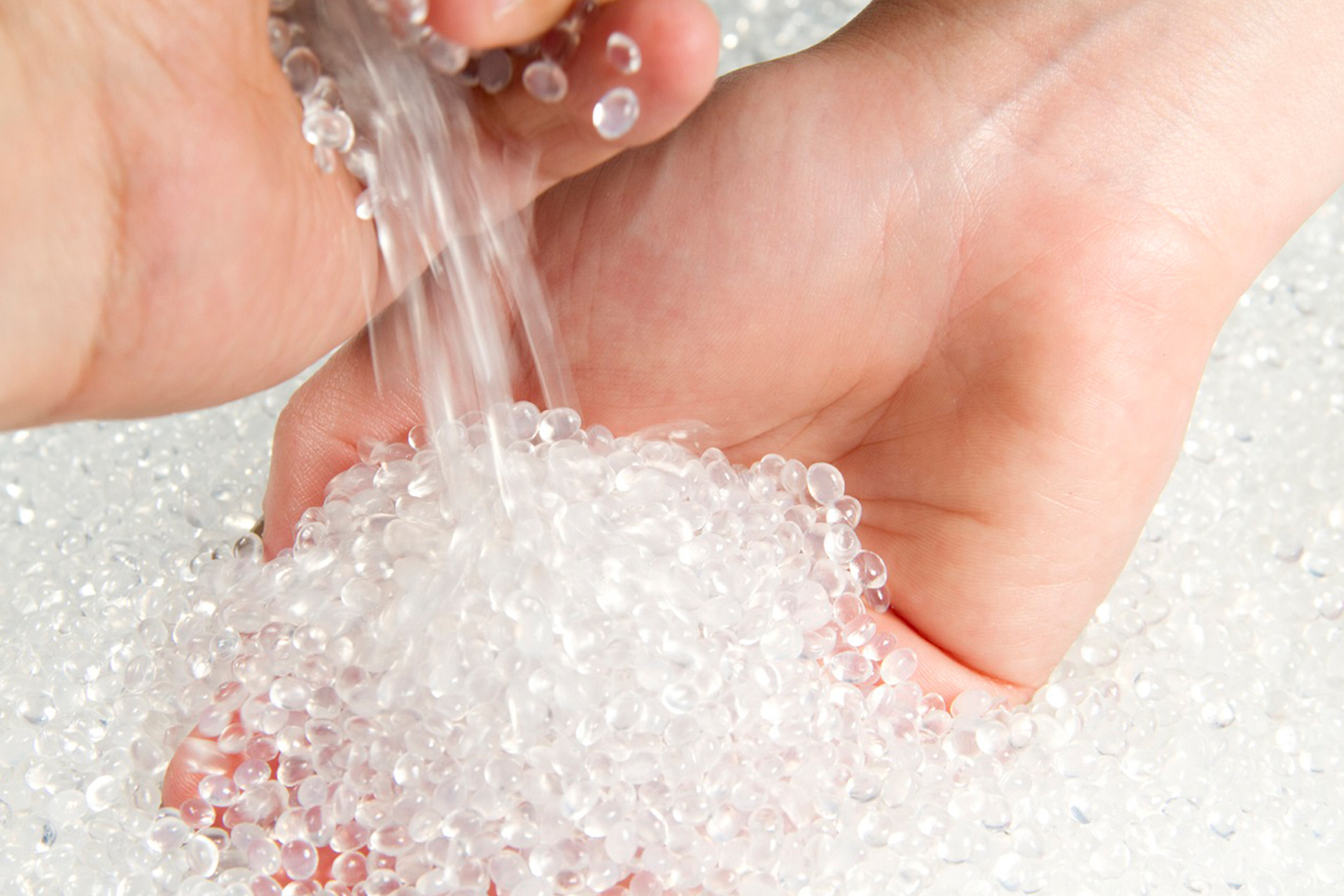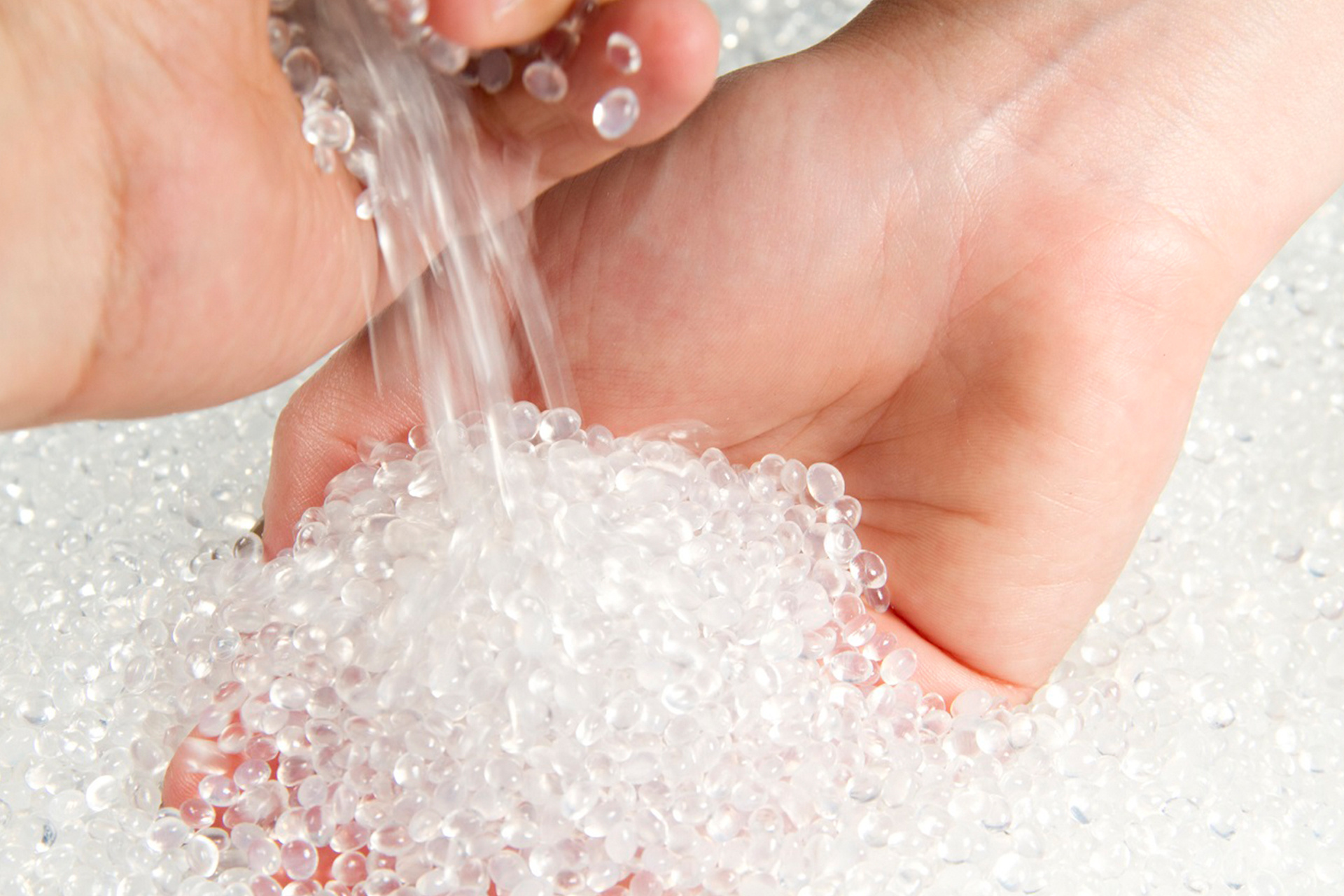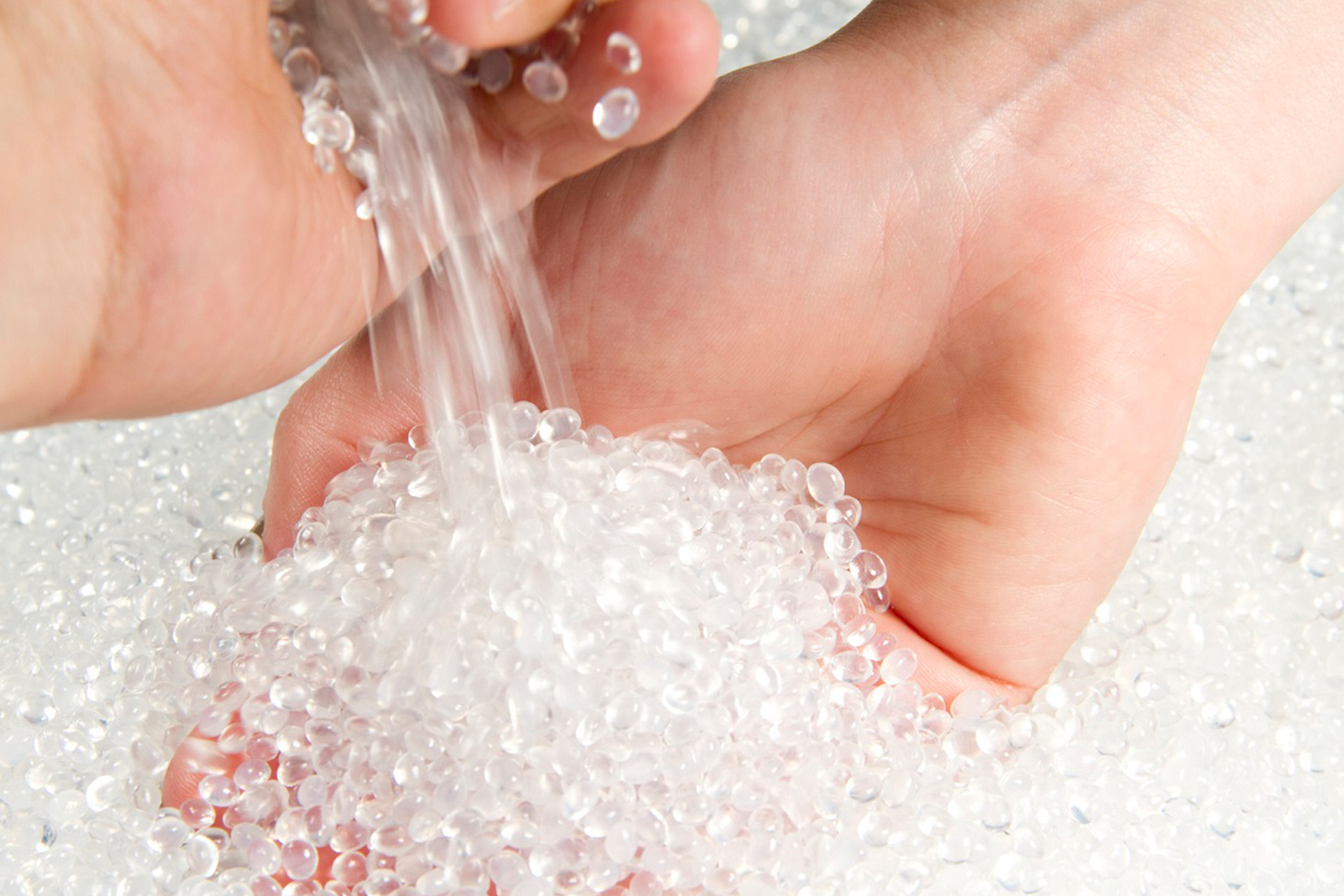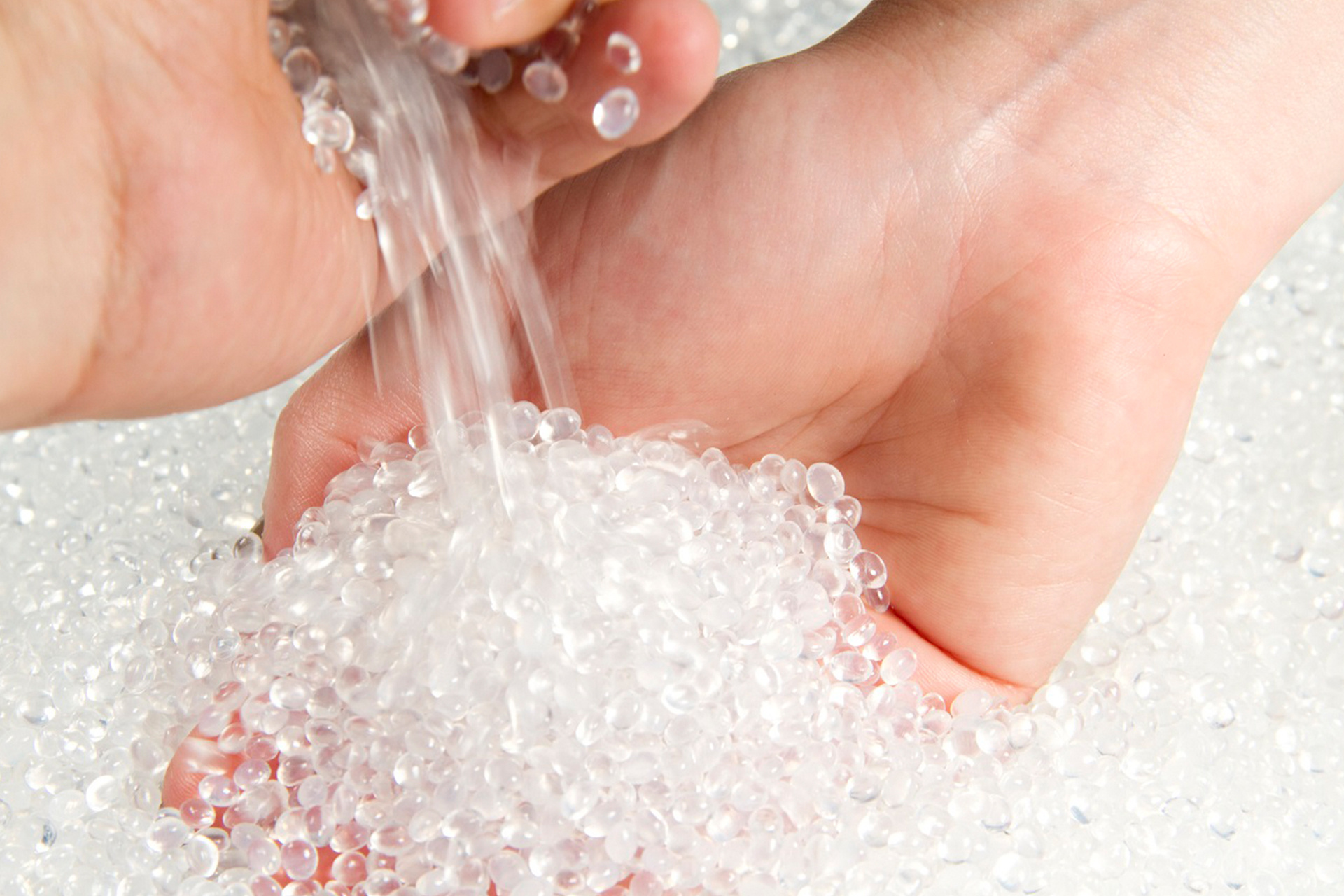Polypropylene Homopolymer and Its Properties
The large molecules formed by the bonding of many monomers with covalent bonds are called Polypropylene Homopolymer. This molecule, also called homopolymer polypropylene, is one of the most widely used types of polypropylene.
If a polymer is formed after the repetition of a single monomer unit, then Homopolymer polypropylene emerges. One of the most important features of this molecule is that it is obtained only as a result of polymerization of propylene molecules. Accordingly, only propylene units with repetitive properties in the molecular chain are called moblen in the commercial sense.
The transparent homopolymer polypropylene has the feature of being easily shaped. One of the reasons why it is so preferred is that it is economical. Its feature that distinguishes it from other molecules is that it can be used in almost every field. It has a wide range of uses from automotive to food packaging, from textile to construction and infrastructure sectors.
It has a high resistance rate against acids and bases, which are chemical solvents. Homopolymer polypropylene, whose melting temperature is around 160 degrees, is resistant to region rays. However, Ultra Violet rays can cause deterioration on the surface parts of Homopolymer polypropylene materials. Attention should be paid to this issue.
Polypropylene Homopolymer and Its Uses
Polipropylene Homopolymer, which has many different features and advantages, has a wide range of uses. The main usage areas can be listed as follows:
- BOPP Film (Cigarette, Food, CD and Cassette Packaging)
- Packing threads
- Sack production
- Thermoforming of sheets
- Furniture
- Kitchen utensils
- Tables
- Chairs
- Picnic supplies
